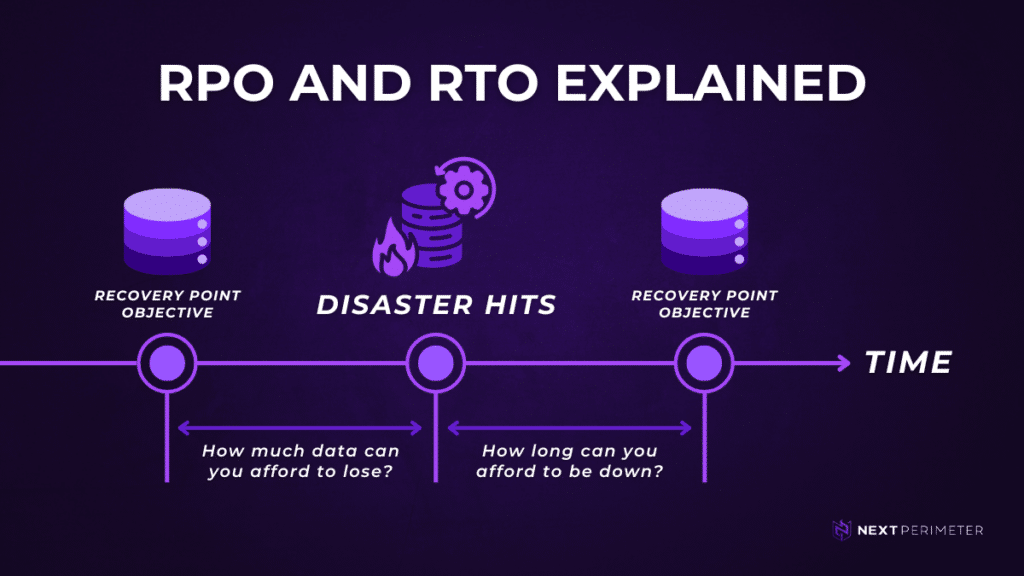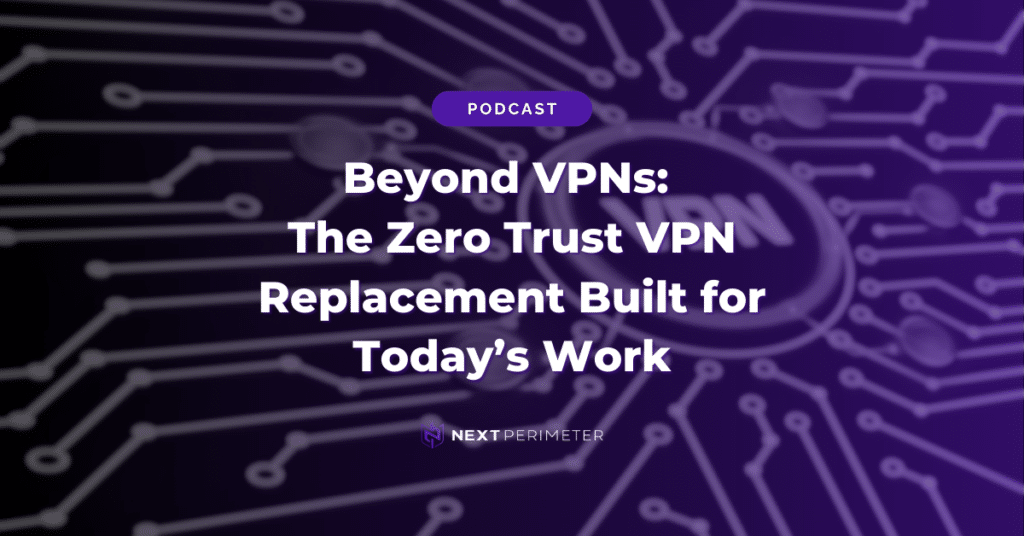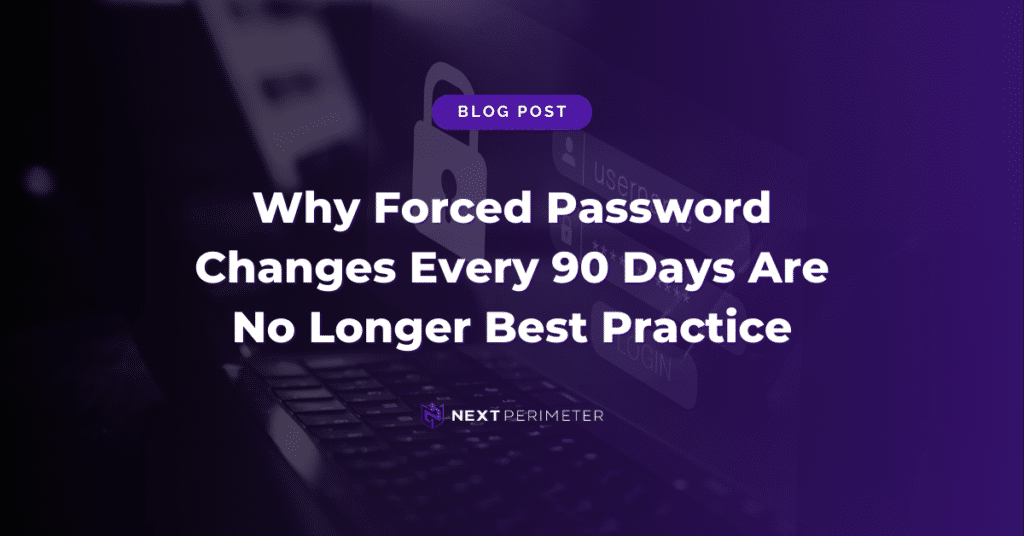Data backup has the nasty misconception that it’s only worth having if you actually use it, but this isn’t necessarily the case. Businesses let this misconception get in the way of an important aspect of business continuity, simply because they don’t want to waste money on something that they won’t actually need. Little do they know that data backup is the only thing standing in the way of your organization failing forever.
There are certain parts of backup and disaster recovery that business owners like yourself need to determine before investing in a solution. You can break the average enterprise-level data backup solution into three distinct parts–all of which work together to ensure you reap a positive return on your investment, with or without a data loss incident.
Data Backup
First, you’ll need to choose a backup platform. Small businesses have a lot of options, like network attached storage, hard disk drives, and tape backup drives, but by far the most efficient one is cloud storage. No matter the system you use for your data backup, though, you should always look at your data as an asset. Therefore, it needs to be protected in whatever way you can to ensure its continued safety and longevity.
Next Perimeter can offer you a comprehensive data backup and disaster recovery solution that uses network-attached storage to push copies of your data to the cloud, where it’s safe from external threats. This is the kind of data backup that every organization needs–the end-to-end data backup that keeps an infrastructure safe even under the worst scenarios.
Some data isn’t necessarily important, though. Small businesses collect a lot of data, and it can be difficult to gauge the importance of some of the minor data that you collect. Data analytics help your business determine what data is most important, and what you can do to keep it safe.
Data Recovery
If you want to yield a positive ROI, data recovery is where this begins. Your organization needs to set acceptable parameters for how much data you want to restore. You’ll need to clearly define both a recovery time objective (RTO) and a recovery point objective (RPO). It’s critical that you should have both of these outlined before investing in a data recovery system.
Your recovery point objective is determined by how much data you need to have restored to keep operations going, while recovery time objective is how much time can your business sustain itself without it’s data. These figures aren’t necessarily static, as they will likely change over time as your business’ needs change. Different systems might carry different data, so naturally they will have varying RTOs and RPOs.
The ROI Equation
Now it’s time to put together your return on investment in the form of a calculated equation. This is great for determining value because numbers are hard to argue with, whereas an opinion might only provide a subjective value that can easily be discarded.
- Determine your business’s hourly realized revenue. This will be the amount of revenue your organization takes in over the year and divided by the total working hours of your staff.
- Identify how much you can stand to lose both with and without a data backup system.
- Multiply the hourly realized revenue with both figures you calculated in the last step. Next, take down the difference. This will represent your total avoided loss in the form of dollars.
- Once you’ve done this, plug the figure into the following formula to measure your backup system’s ROI.
ROI = (Avoided loss – Cost of backup and recovery system x 100%)
The numbers say it all–a data backup solution yields a positive return on investment, with or without your organization suffering from a disaster. If your business wants to get started with data backup, reach out to Next Perimeter at 888-286-4816.





